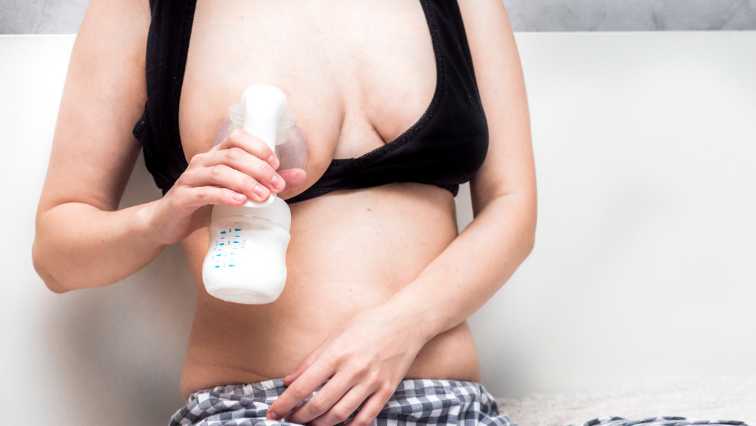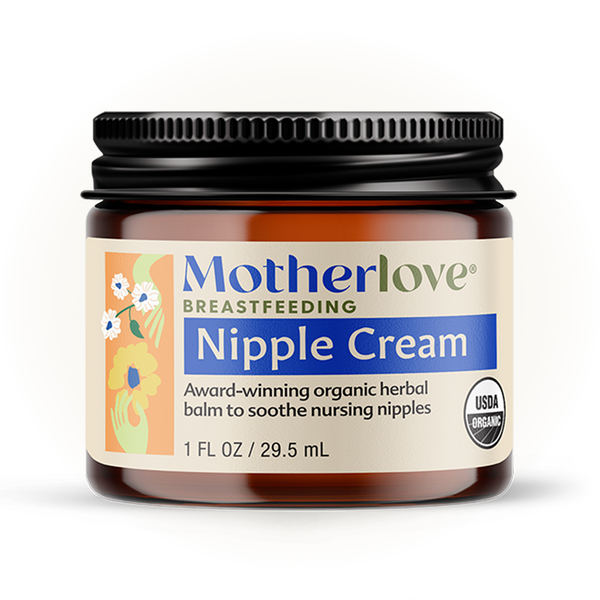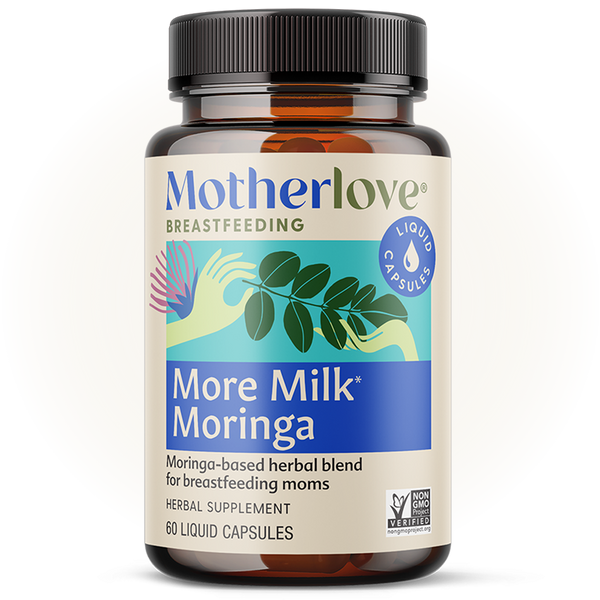Written by: Tanya, IBCLC
IS PUMPING SUPPOSED TO HURT?
Pumping should not hurt.
And since few of us would say we enjoy logging hours with our pumps, painful pumping can feel like adding injury to insult.
Unfortunately, discomfort while pumping is fairly common. Research has found that about 27% of mothers found pumping uncomfortable, and an additional 15% experienced a pump-related injury.
But pumping shouldn't hurt, and there are steps you can take to reduce the chances that it will. The main causes of pain associated with pumping are poor flange fit, suction that is set too high, or using a poor quality pump. There can sometimes also be an underlying cause, such as a bleb (milk blister), Raynaud's vasospasm, or skin infection that makes pumping painful.
To help make pumping a more comfortable experience, here are some tips:
CHANGE YOUR FLANGE FIT
Research has found that about half of us need a flange with a larger diameter than the standard size (24 mm), so it's important to make sure you've got the right size. A too-small fit can abrade your skin, and a too-large fit can pull in too much of the breast and cause swelling. To determine if you have the right size flange, check the fit while you are pumping. Determining your size while pumping is important because your nipple is likely to change size while you pump. If the fit is good, your nipple will move freely in the flange, and not rub up on the sides of the flange. If it rubs against the sides you likely need a larger size. Your areola may be pulled slightly into the flange, but a significant amount may indicate that the flange is too big.
You may also find that you need a different size for each breast. Of course, pay attention to how it feels to pump. You should feel pressure, but not pain. If you're unsure about your flange fit, stop by a breastfeeding support group for help.
THE FLANGE FIT CAN CHANGE OVER TIME
Research has also found that three out of four women needed a larger size flange over the course of pumping. So a flange that fits in the first month of pumping may need to be swapped out for a larger size in month three, for example. As pumping progresses, pay attention to fit and milk output to ensure that pumping is still comfortable and effective.
USE THE RIGHT SUCTION
Using a suction setting that is too high can cause pumping pain. To find your ideal setting, start pumping at the lowest suction, and then increase it to the highest comfortable setting. The Womanly Art of Breastfeeding describes this as “the upper end of fully comfortable.” Remember that when the pump's cycling (speed) slows down, the suction should remain comfortable. Adjust the suction down if this is not the case.
CHECK FOR UNDERLYING INFECTION, A MILK BLISTER, OR RAYNAUD'S VASOSPASM
A yeast or bacterial infection, or prior skin trauma can make pumping painful. So can a milk blister or vasospasm. Resolving these problems should help in making pumping more comfortable.
CONSIDER YOUR PUMP
Research has found that using a battery-operated pump may put moms at a higher risk of incurring a pumping injury. If you think that your pump may be the culprit, give your breastfeeding support person a call to discuss whether switching pumps might help. This research also found that rented pumps (presumably hospital-grade pumps, which are considered the highest quality breast pumps) are also associated with an increased risk of injury, and theorized that this may be the result of inadequate instruction on their use. If your hospital-grade pump is causing you pain, be sure to check in with your lactation consultant to ensure that you're using it correctly.
USE NIPPLE CREAM AS A PUMP LUBRICANT
Lubricating the inside of your flanges with Nipple Cream can be a game-changer and prevent friction. Dab a little Nipple Cream on your finger and lightly grease the rim of your flange.
If you have tried all of the above methods and are still experiencing pain, we recommend that you consult with a lactation consultant or your health care provider.





